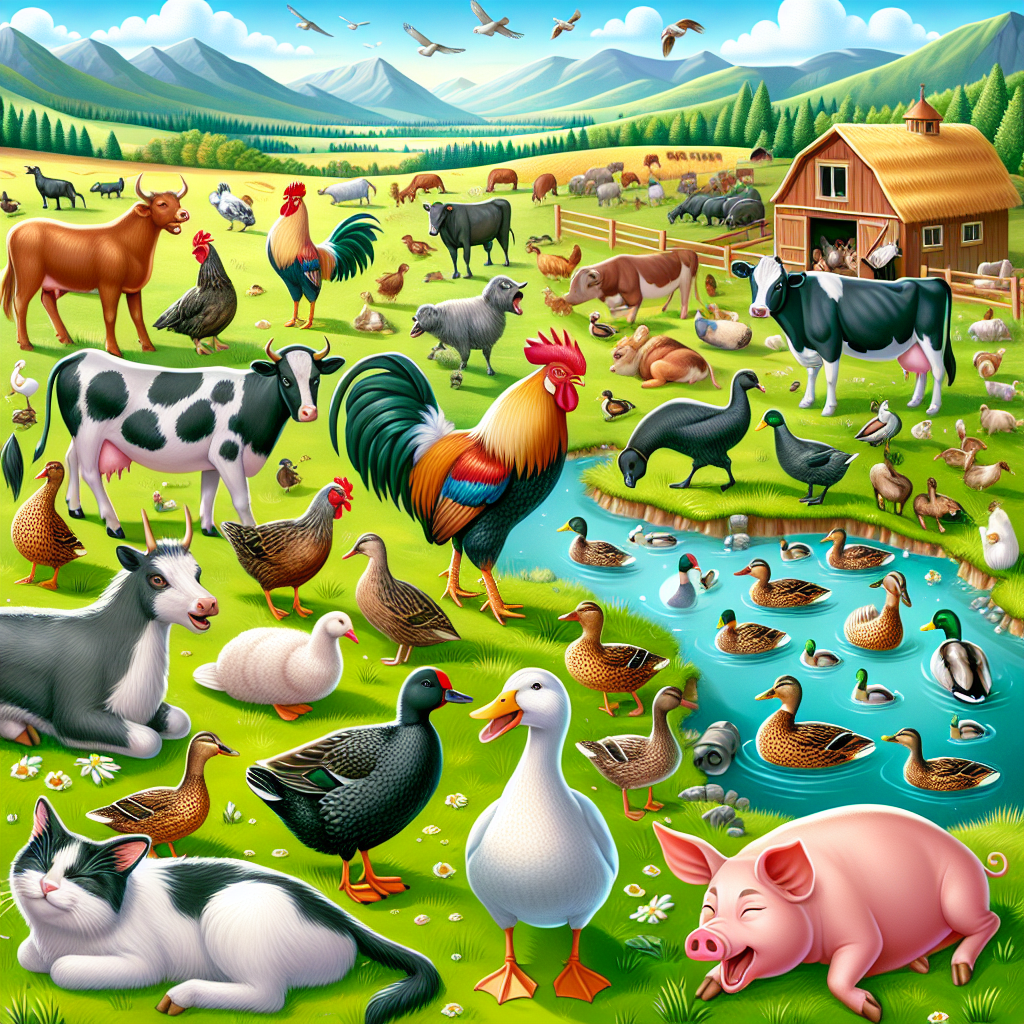New Techniques in Animal Sound Analysis Revolutionize Research
Recent advancements in recording and analysis techniques have significantly improved our understanding of animal sounds. A new study highlights the limitations of the common STFT method for analyzing these sounds and introduces the Superlet transform, which offers improved accuracy and new insights, particularly for low-frequency animal calls such as whale songs.

- Country:
- Australia
Recent breakthroughs in recording and analysis techniques have vastly enhanced our comprehension of animal sounds. According to a newly published study in Ecology and Evolution, the widely-used method STFT has notable limitations in accurately visualizing all temporal and spectral details of sounds, particularly at lower frequencies, which is critical in understanding whale songs.
The authors introduced a new method, the Superlet transform, which surpasses the STFT in accurately visualizing these animal sounds. Using synthetic test signals and recordings from species such as pygmy blue whales and Asian elephants, they demonstrated that the Superlet offered up to 28% fewer errors in visualizations compared to other methods.
This advancement holds promise for future research and conservation efforts. The Superlet transform has been made accessible through a free, open-source app, potentially paving the way for new discoveries in animal sound research by ecologists, biologists, and veterinary scientists.
(With inputs from agencies.)
ALSO READ
Mauritian Regulator Refutes Hindenburg Research Allegations
Israeli Researchers Innovate Sustainable Aquaponics System to Minimize Environmental Impact
New Research Uncovers Overlap Between Immune and Metabolic Disorders
Meta just closed a vital online research tool. It’s bad news for the fight against misinformation
Listening to the Underground: Ecoacoustics and Soil Health










